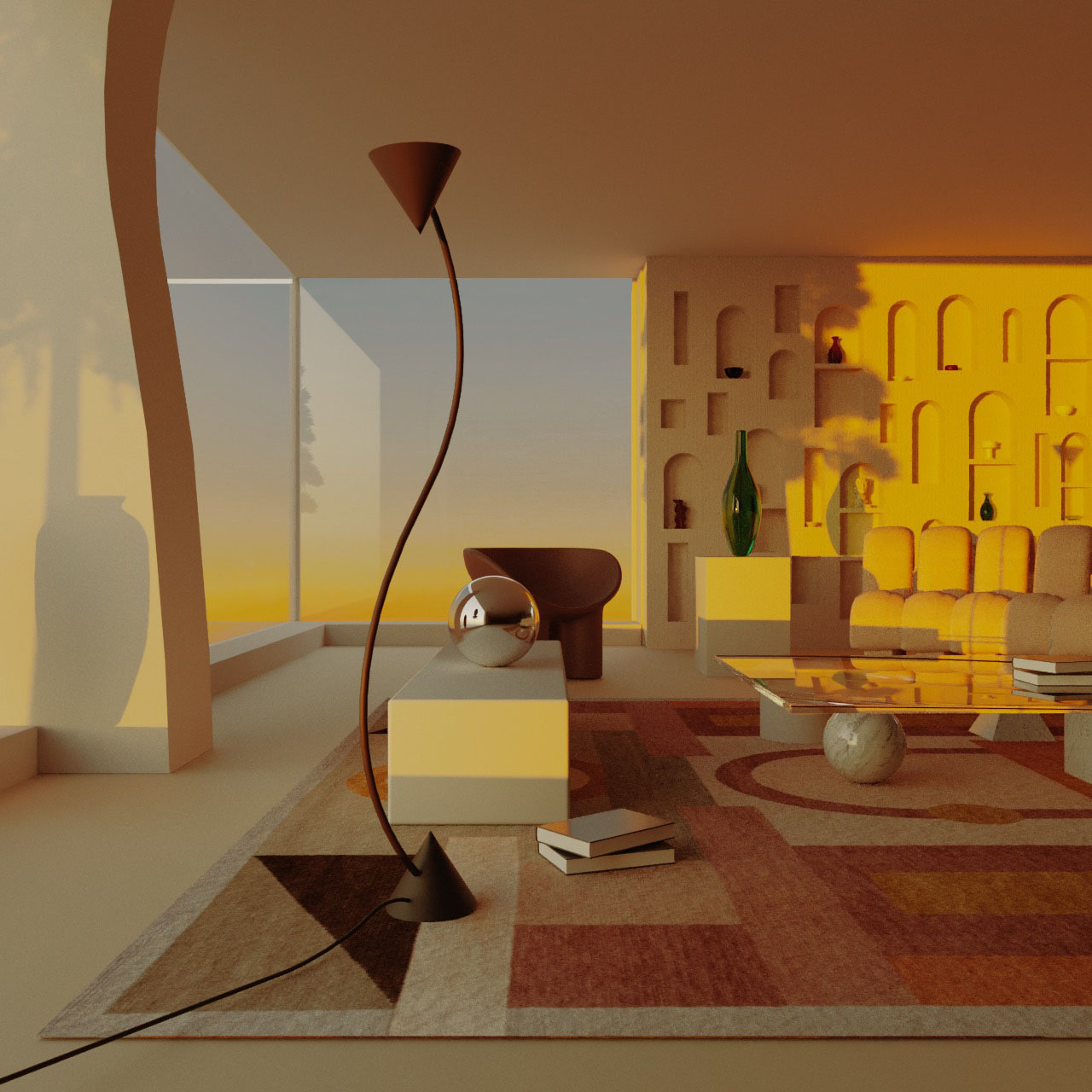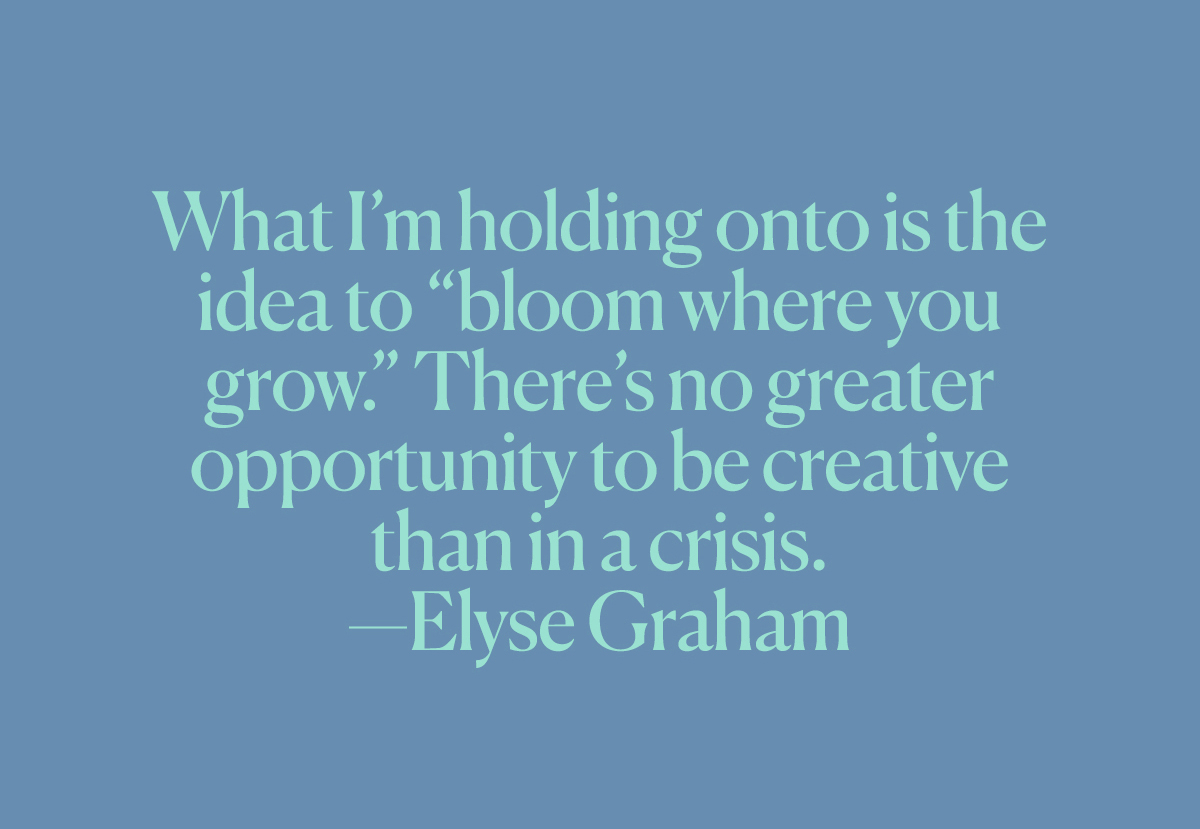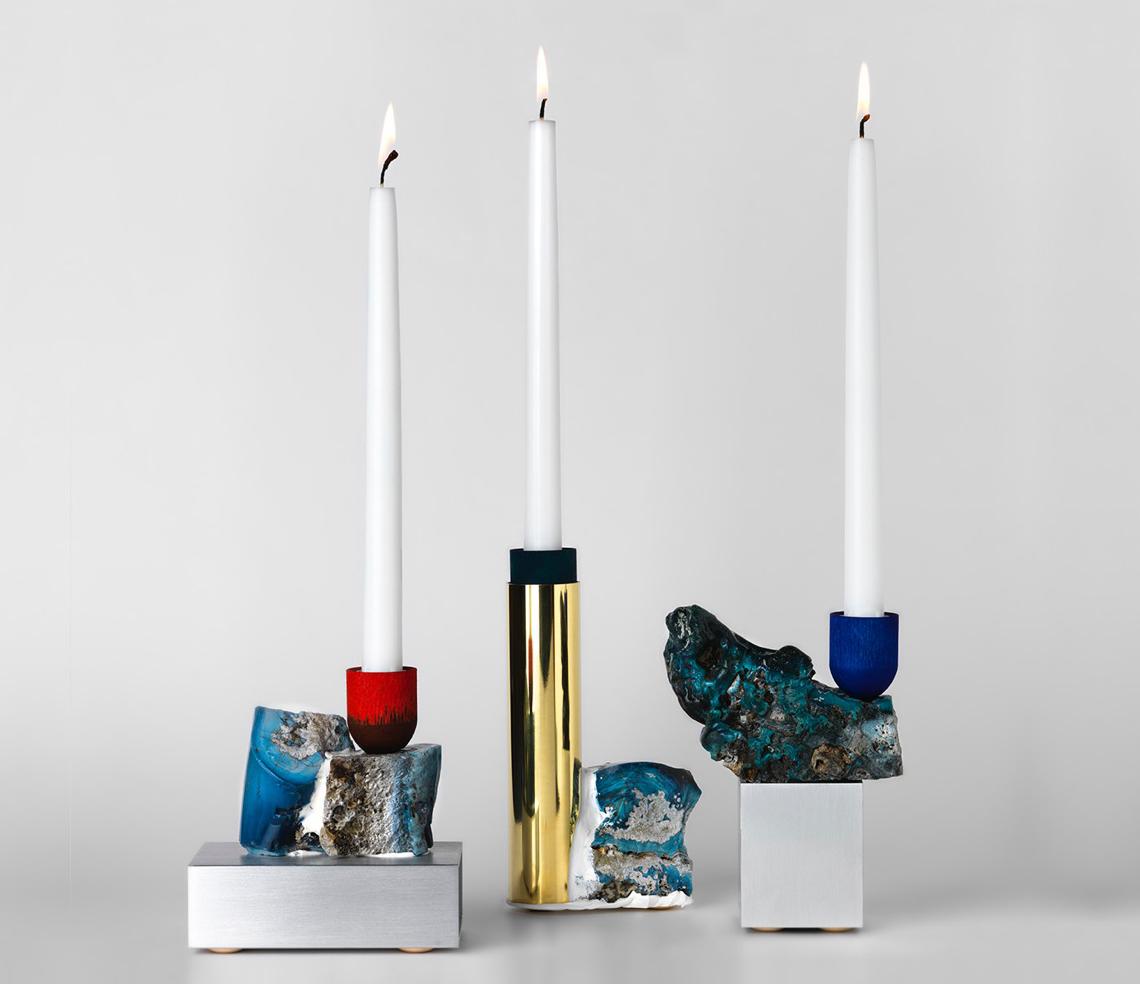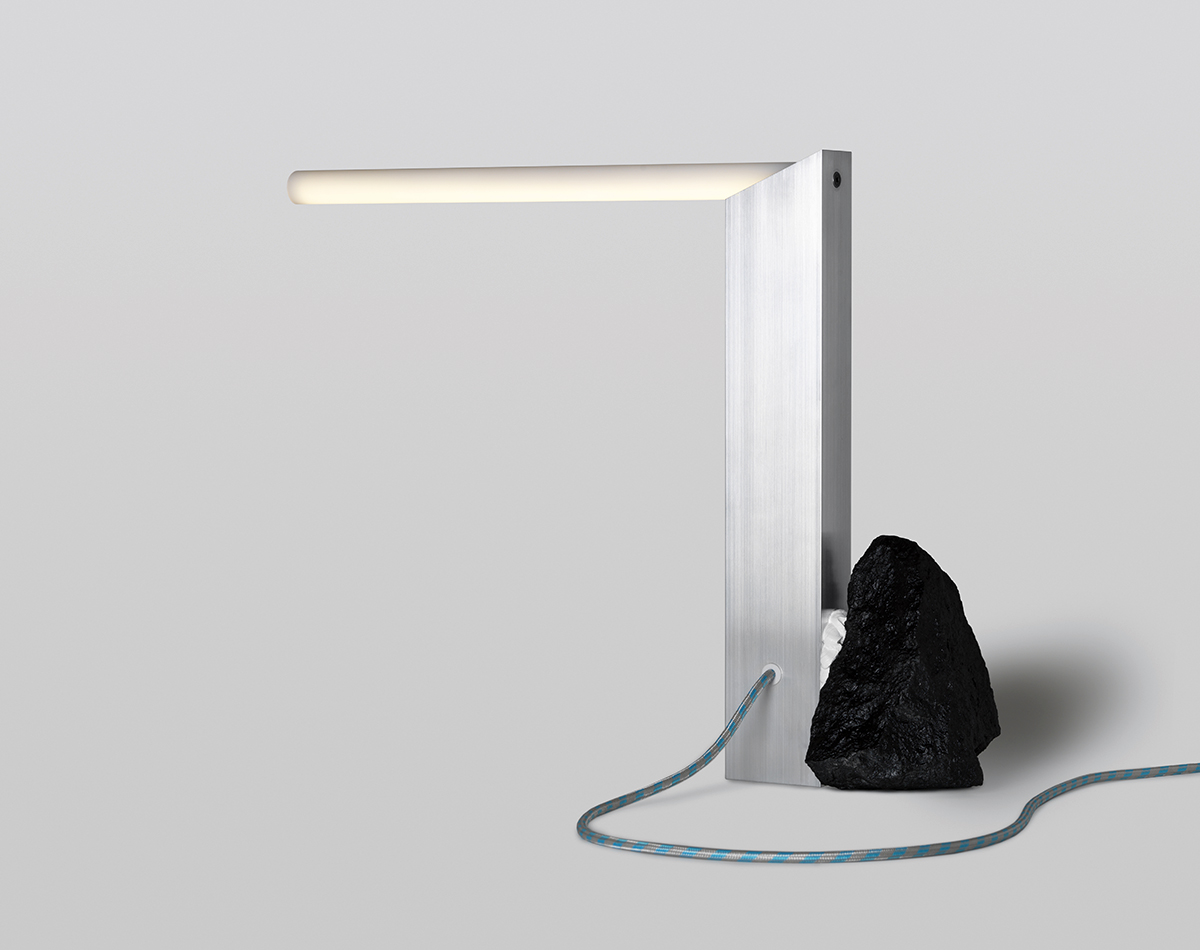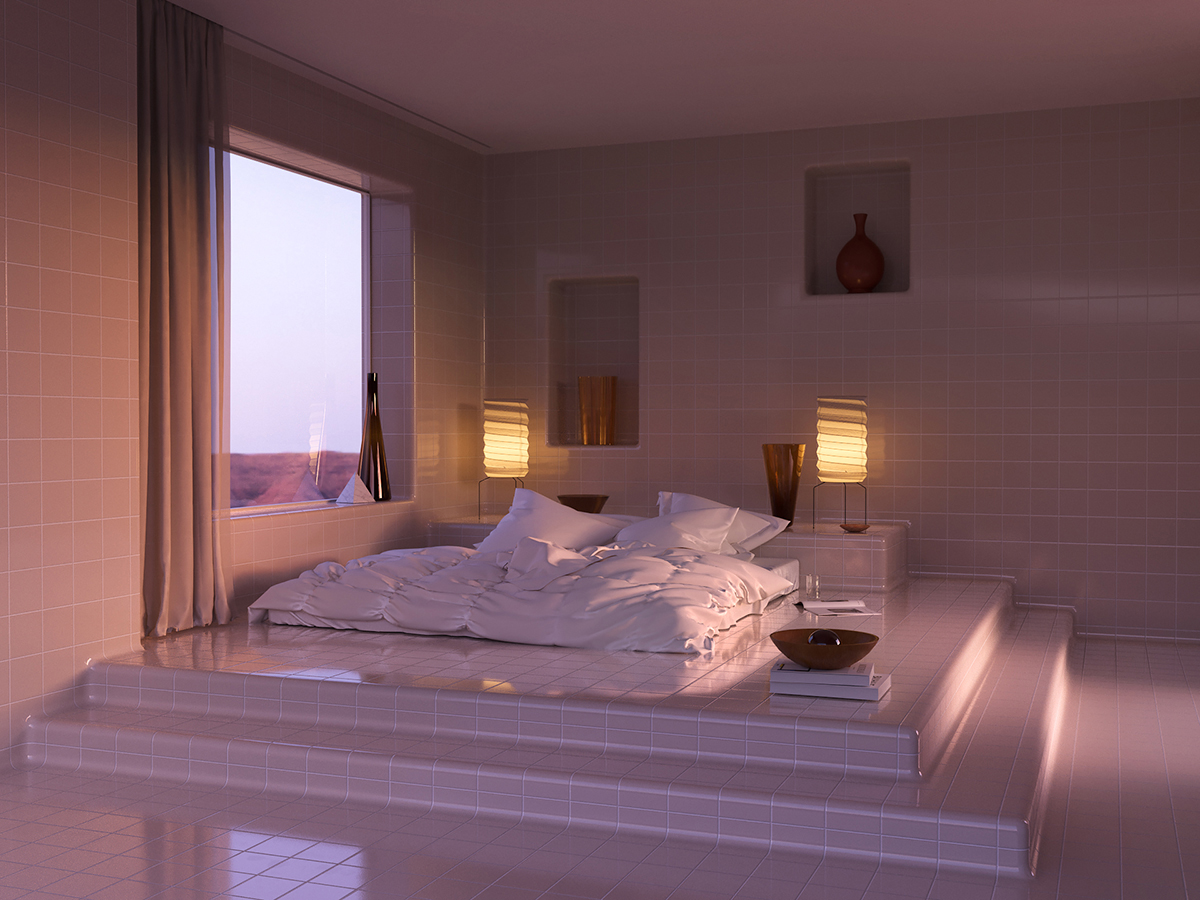
04.28.20
Up and Coming
Designer & Rendering Artist Charlotte Taylor is Imagining The Brighter Future We Need Now
London-based designer Charlotte Taylor popped back on our radar recently with her Tiled House, a 3D rendered residence that begs the question: What if your whole house could be as hard to clean as the bathroom? All jokes aside, the eye-catching space is a bit of an engineering feat, real or imagined, as well as a kind of microcosm of the portfolio Taylor’s been building over the past few years bridging those two worlds — the boundaries between them ever muddier as they are. Her medium-agnostic practice and its overarching aesthetic purity (there are a lot of arches involved) can be seen on full display on Instagram, and it’s also recently caught the eye of clients as varied as Mr. Porter and Farrow & Ball. We figured there was no time like the present to chat with Taylor about her influences, professional hurdles, and her perfectly rendered vision of our imperfect future.
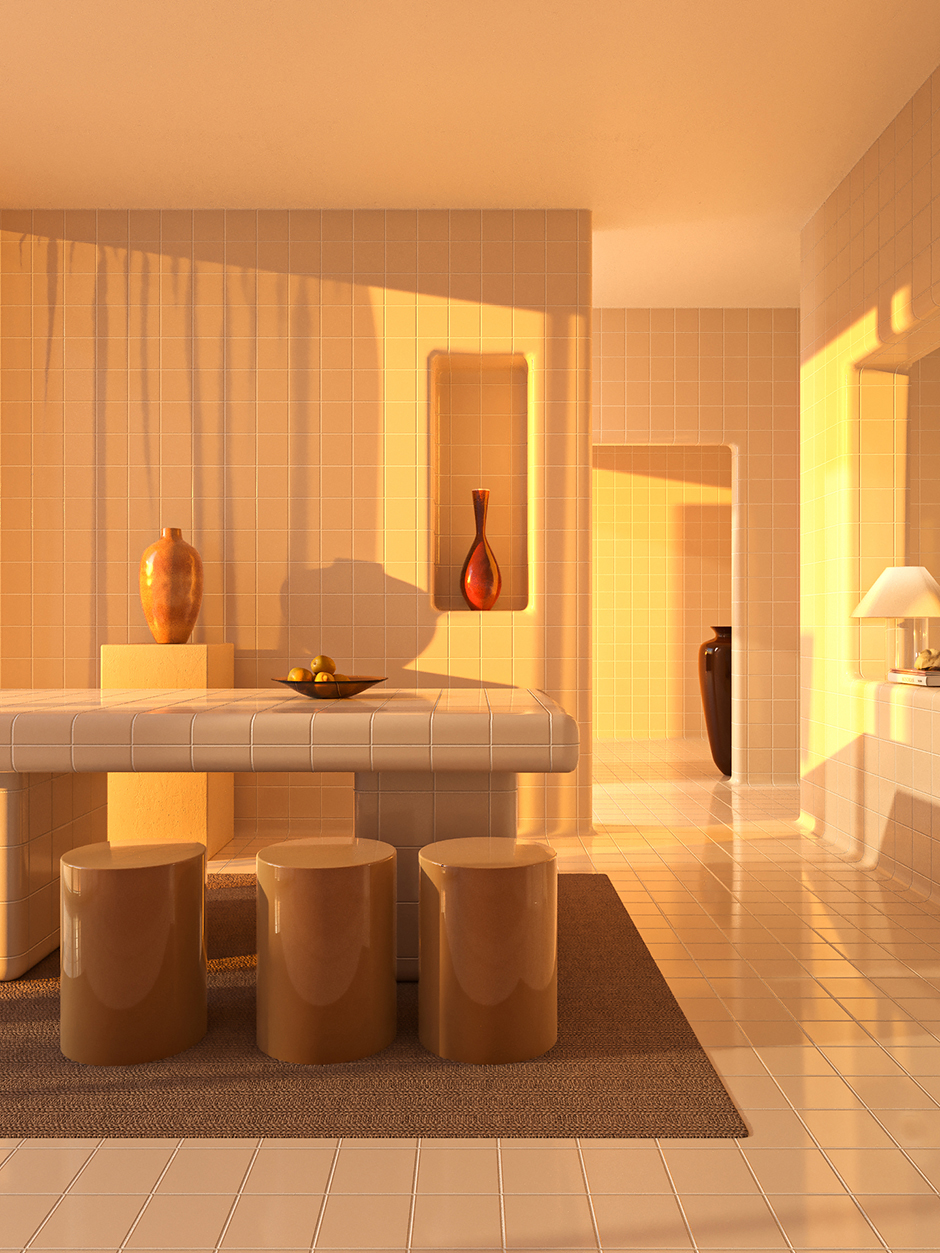
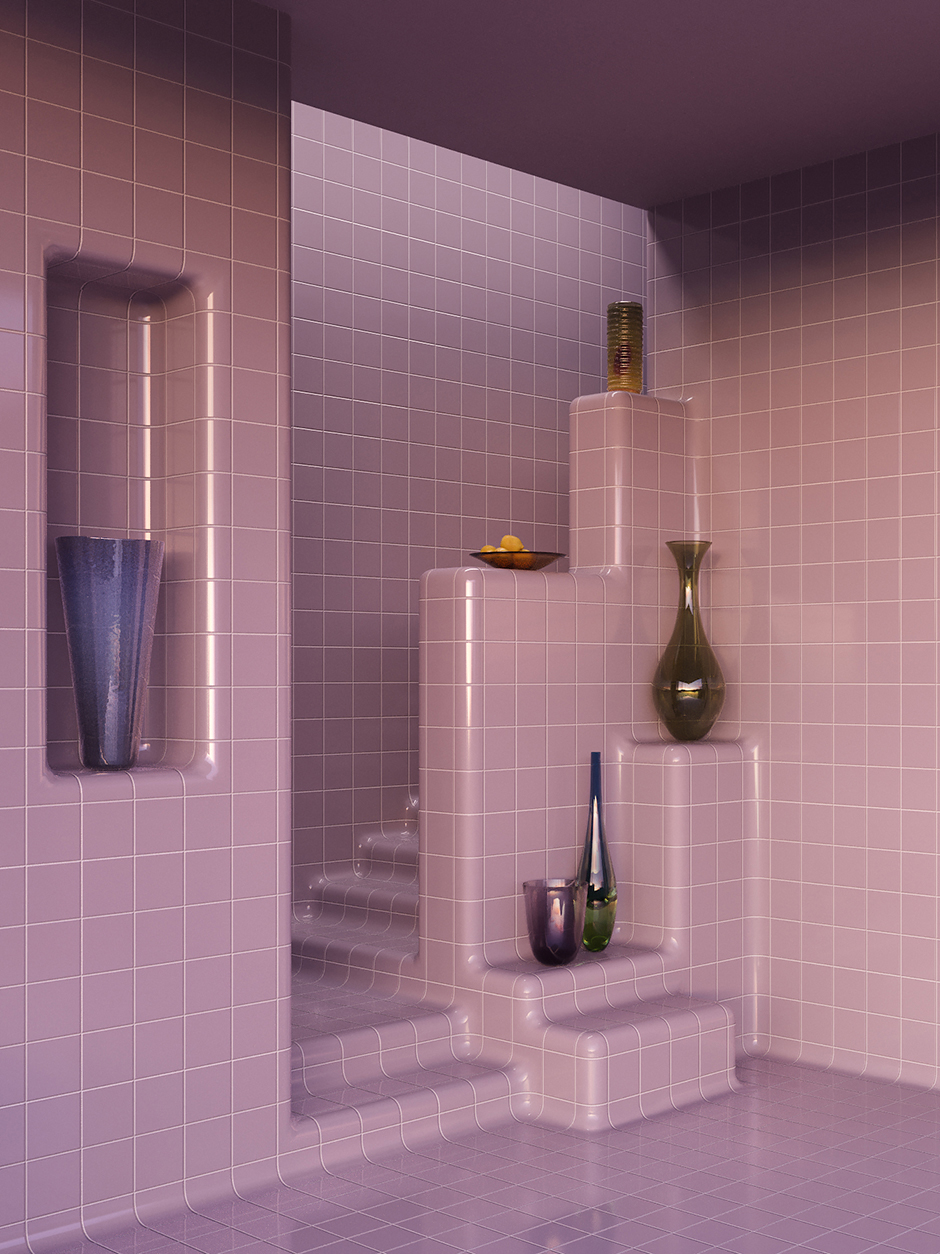
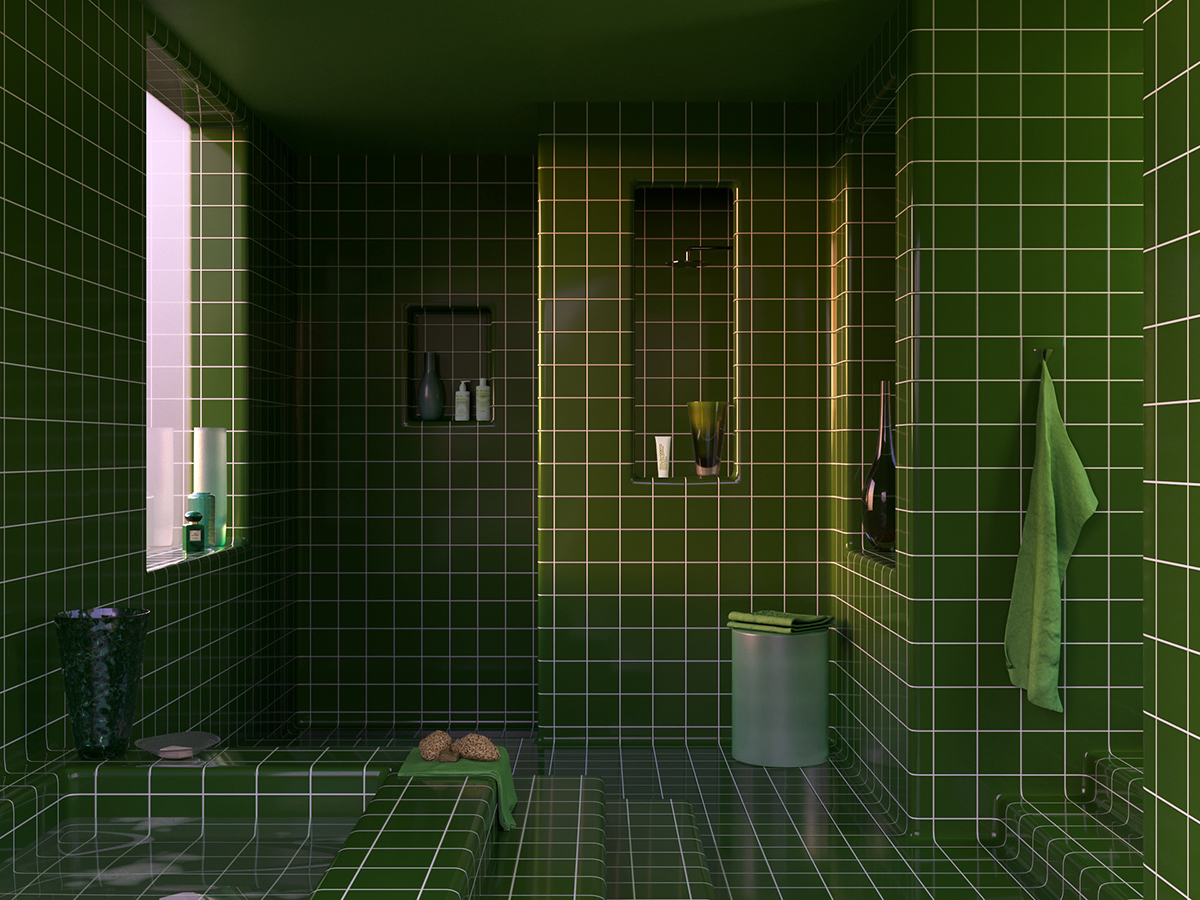
How did your practice get started?
I began to develop my practice during university. I started working under Studio Charlotte Taylor and collectively as dellostudio (with Oscar Piccolo) during my second year. My BA was initially in Design, but I transferred to Fine Art to complete the degree. Having the grounding and thinking process from design coupled with the freedom and medium-fluidity of fine art allowed me to explore the in-between spaces. Looking at architecture and spatial design from a perspective without technical or regulatory constraints pushed my personal practice to where it is now.
How has your process developed over the years?
[It’s] always been a sum of many mediums and approaches. I would say it goes through phases rather than “develops” as such. During university, I was mainly focusing on large-scale installations. The 3D modeling required for planning such spaces became work in its own right, along with photography, which morphed into illustration. At the moment I am working predominantly in 3D spaces and rendering, although I have the urge to return to analog mediums— I am currently drawing by hand in every project and making physical scale models as the starting point for 3D projects. I think my process will always evolve in a cyclical nature, each medium or method influencing the next.
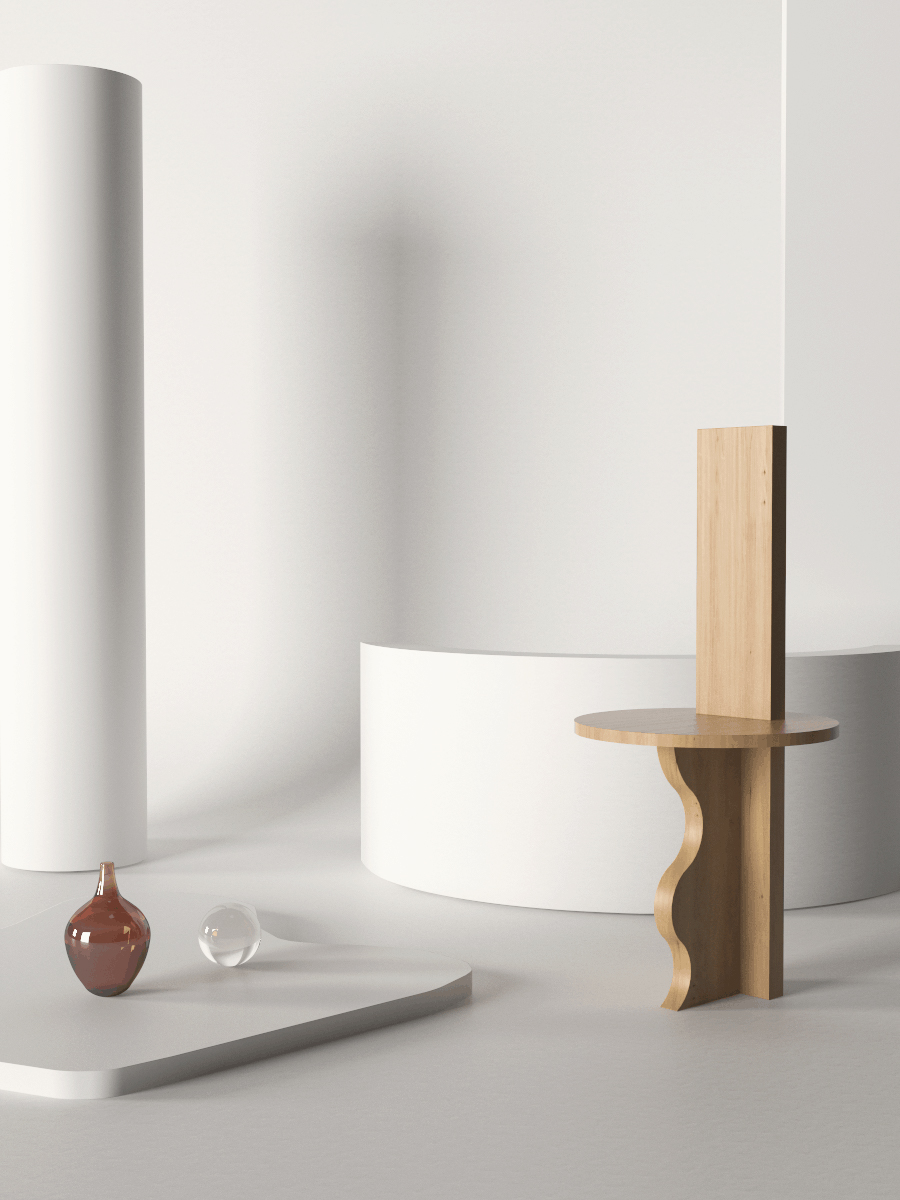
It seems much of your practice is collaborative—how do those projects differ from work you concept and execute for yourself?
Almost all of my current projects involve collaboration to some extent, increasingly so with a number of render artists. I find collaboration intrinsically important to my practice as working with other creatives pushes concepts and ideas to places you may not have predicted, and becomes a product of two minds and skillsets. I wouldn’t say the process is entirely separate. It’s generally the initial step that differs in some cases, as with the Tetra commission where there was a starting brief to work from, but with a lot of my collaborations I am responsible for the concept and inception of the project.
Did you feel a particular need to develop the Tiled House as a response to the material, DTILE, or were you already ideating similar projects?
The house was designed entirely out of admiration for the material and in conjunction with a longstanding love for integrated architectural furnishings. We began with a bathroom using the tiles; it then developed into an entire house, pushing the material to new functions room by room. Organic architecture is something I am exploring and applying in other projects. My recent Black Desert House with Victor Roussel incorporates furniture elements into the architectural fabric, inspired by Cesar Manrique’s work in Lanzarote (below).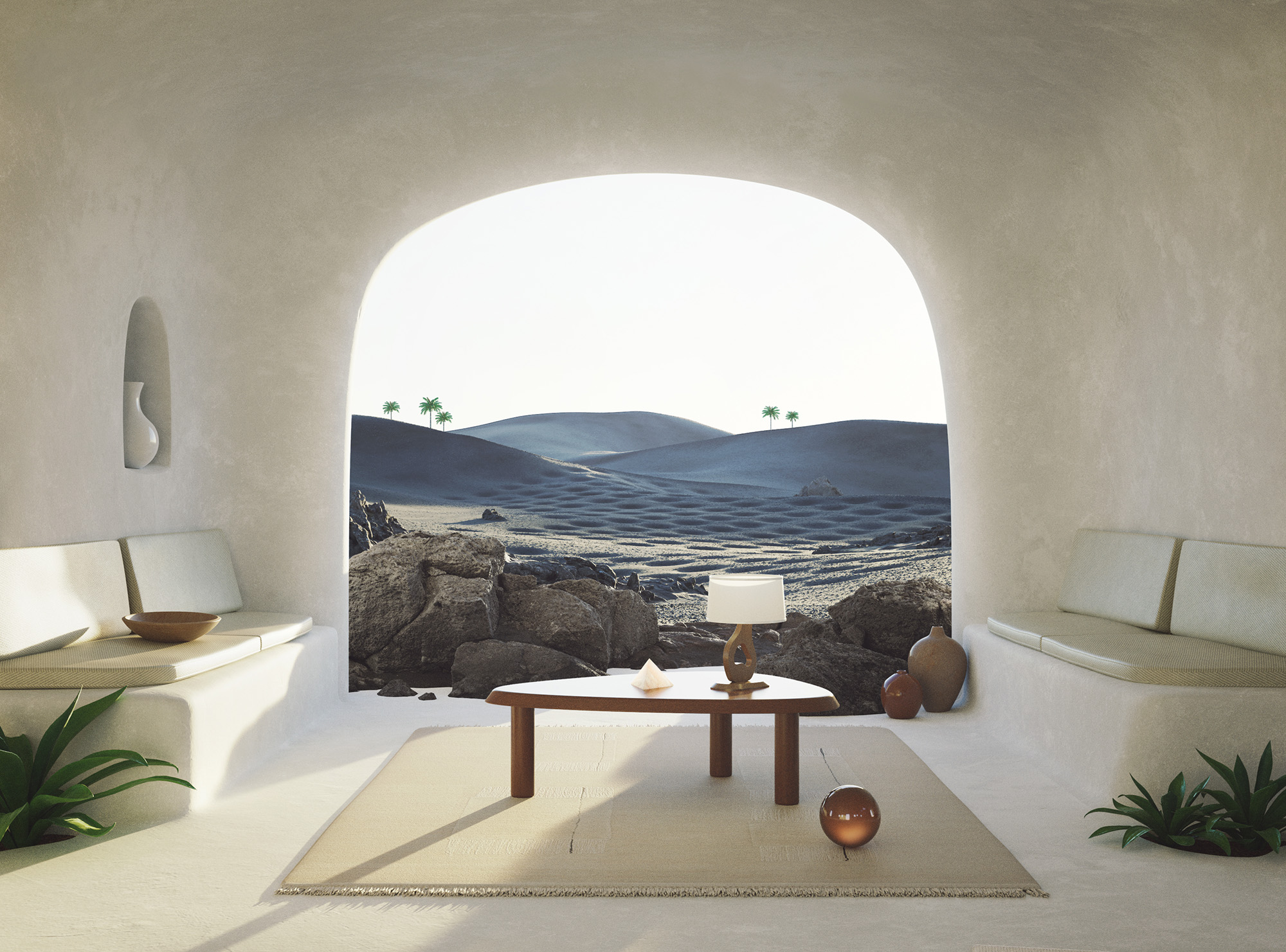
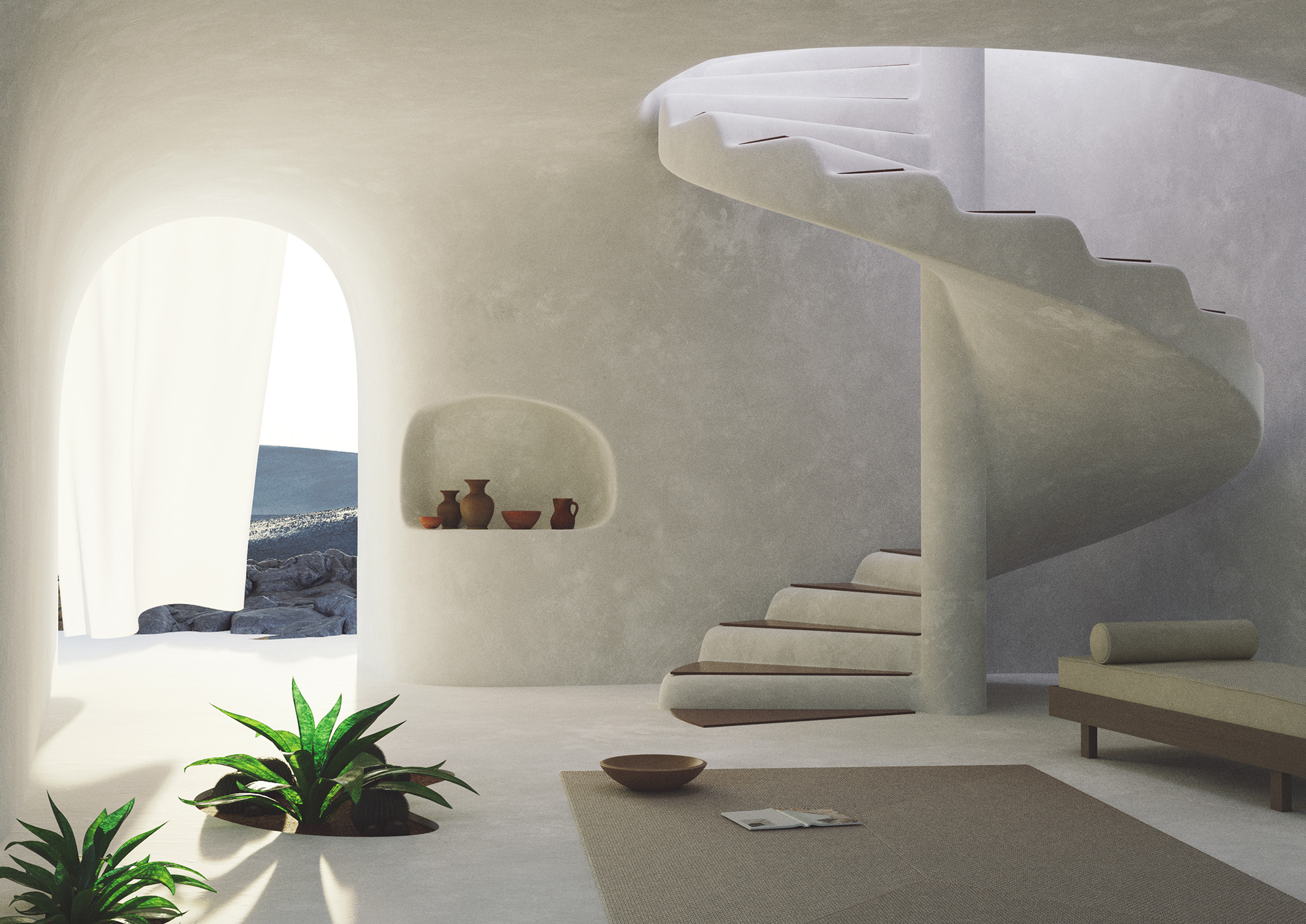
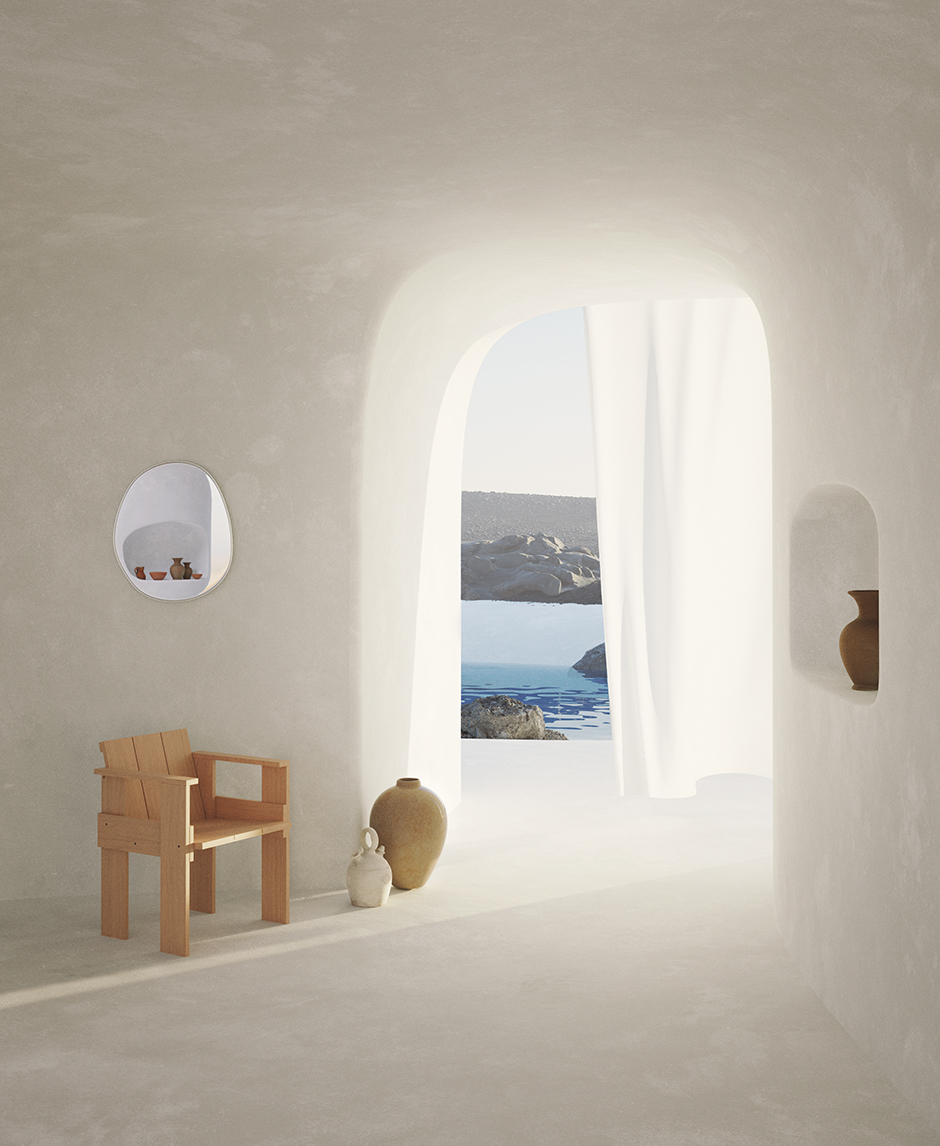
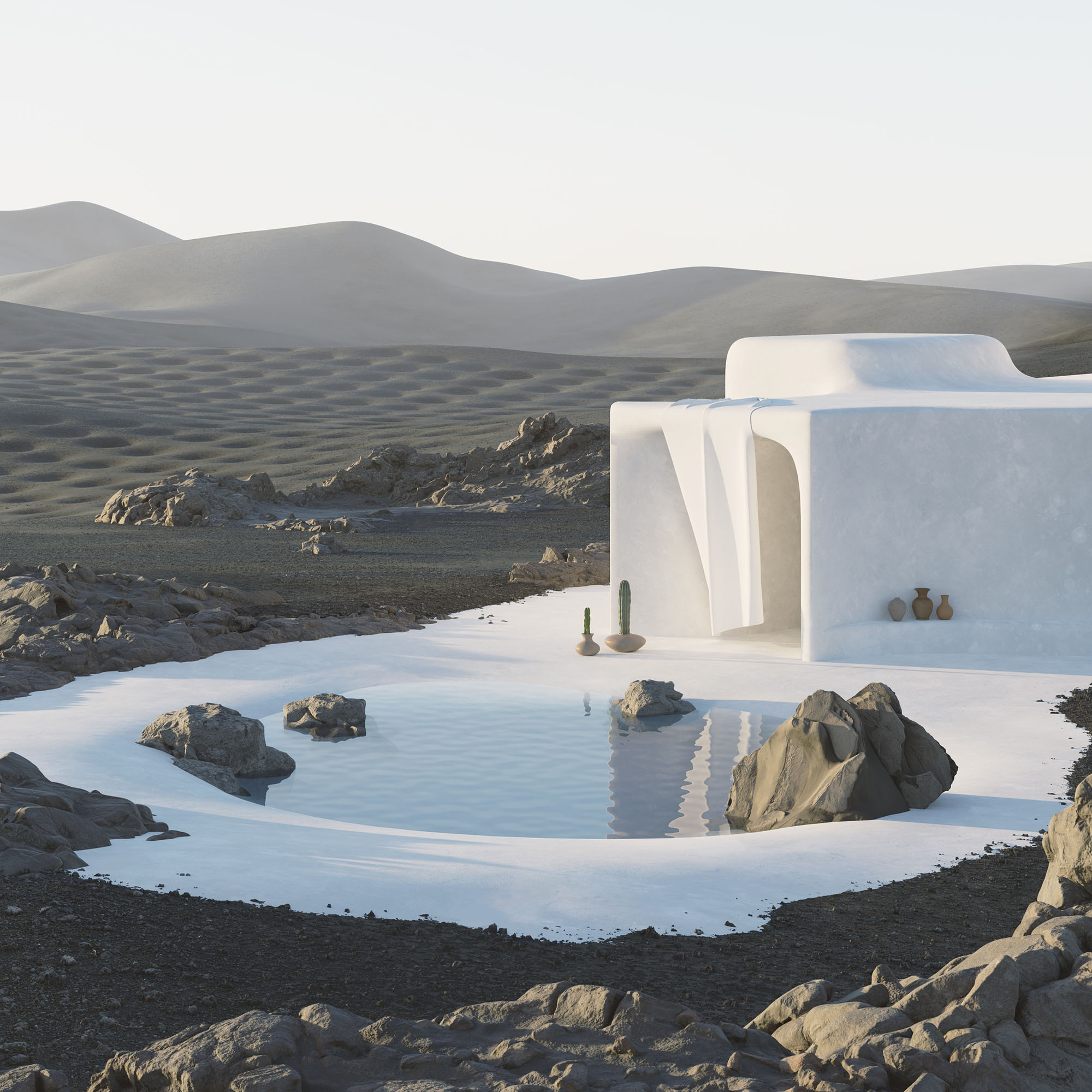
You mentioned going “analog”—which of your projects would you most like to see actually executed, brought off the page (or screen), if you will?
I would love to construct some elements or rooms of the Tiled House in collaboration with Hannes Lippert. It is such a playful project, but also highly functional and designed in such a way that it could be physically made and inhabited. I am currently working on a few actual interior spaces but haven’t yet found the ideal tile fanatic! On a smaller scale, my own apartment is slowly becoming more and more like my rendered projects. I am always searching for the furniture from our fictional homes to come and inhabit my own apartment.
What have you found to be the biggest hurdle in building your business?
One of the biggest hurdles so far is always trying to push the studio into new avenues and fields. It is a constant challenge to anticipate and adapt to new projects in a sphere where there are already so many talented individuals and studios.
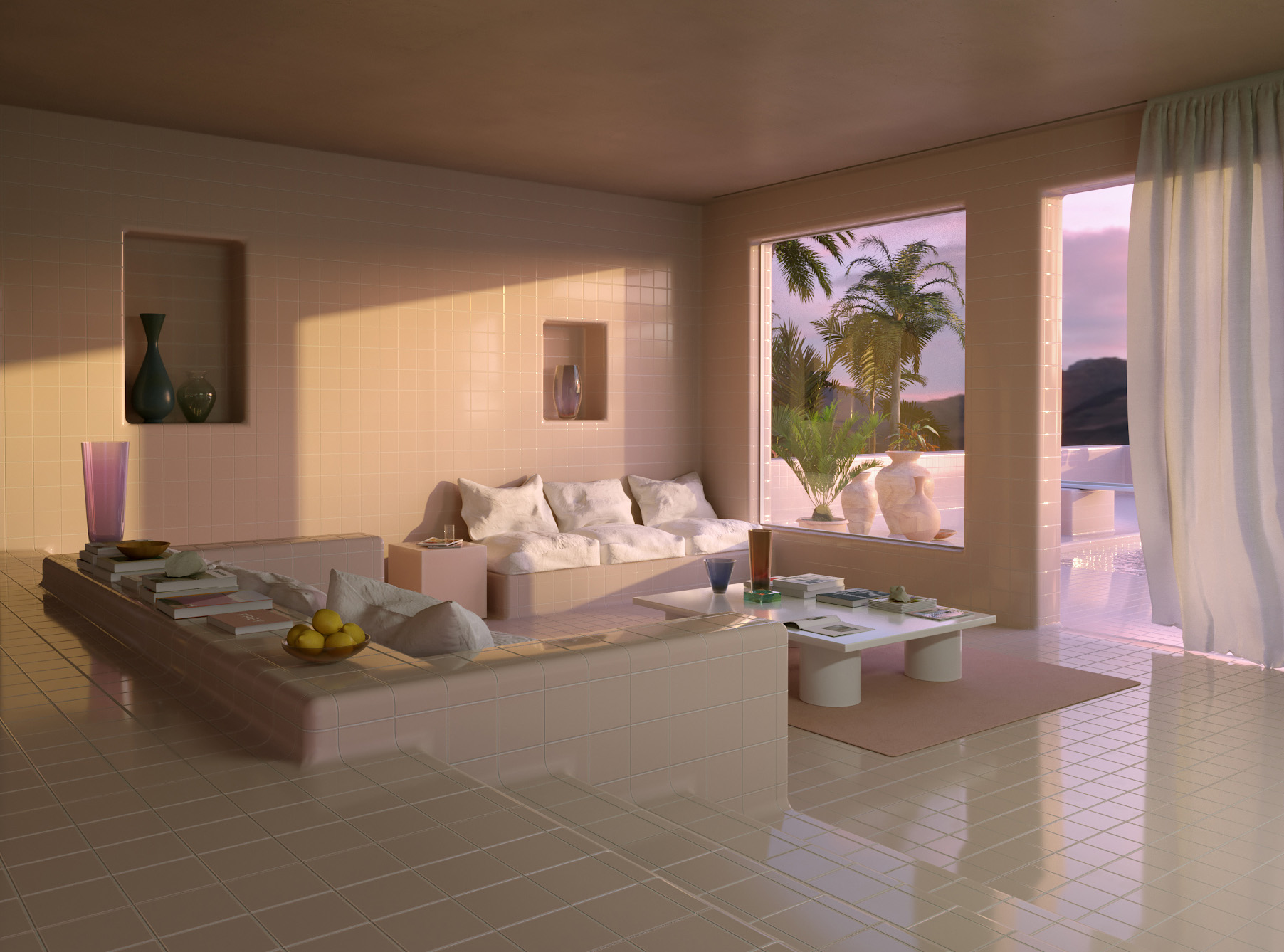
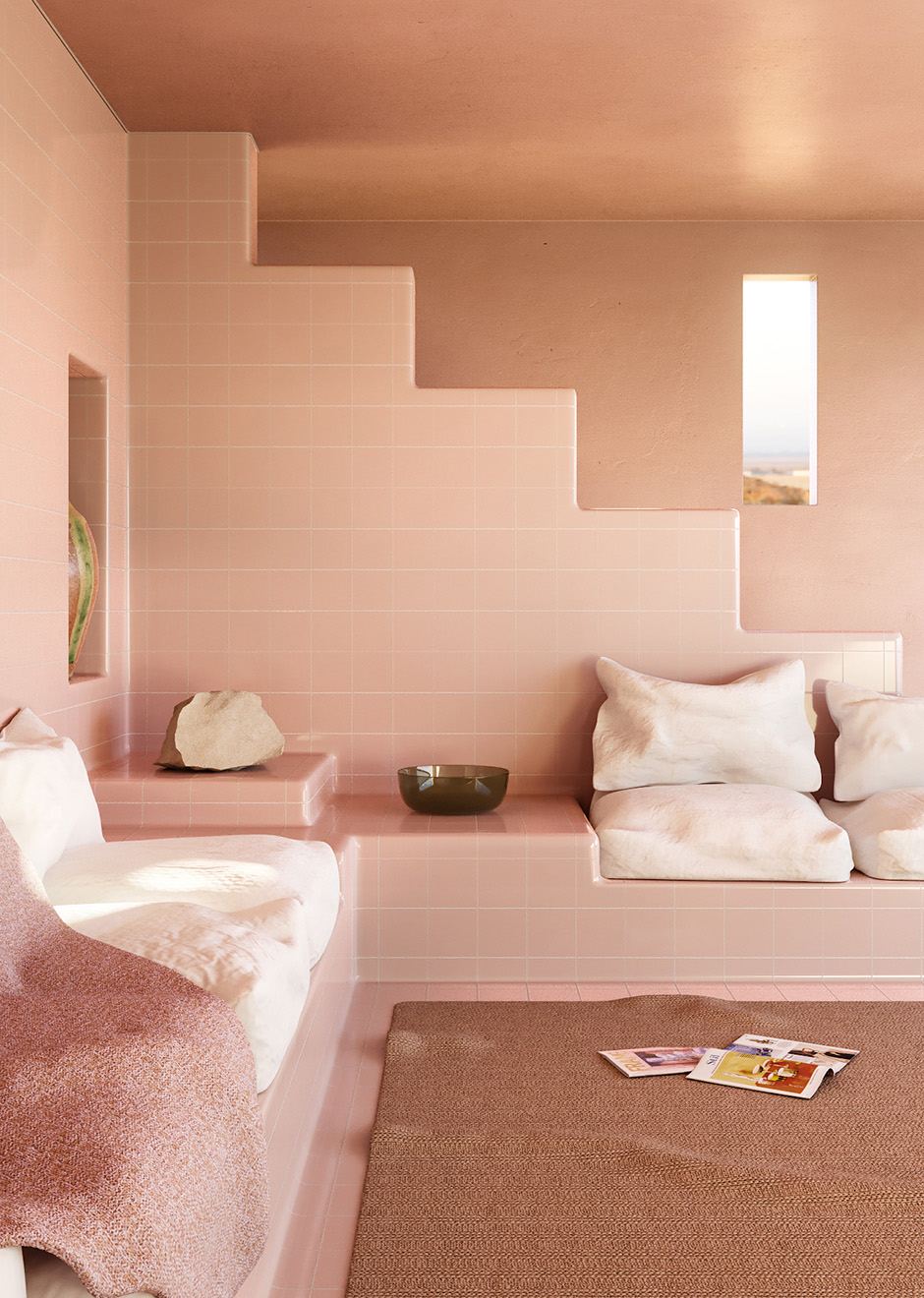
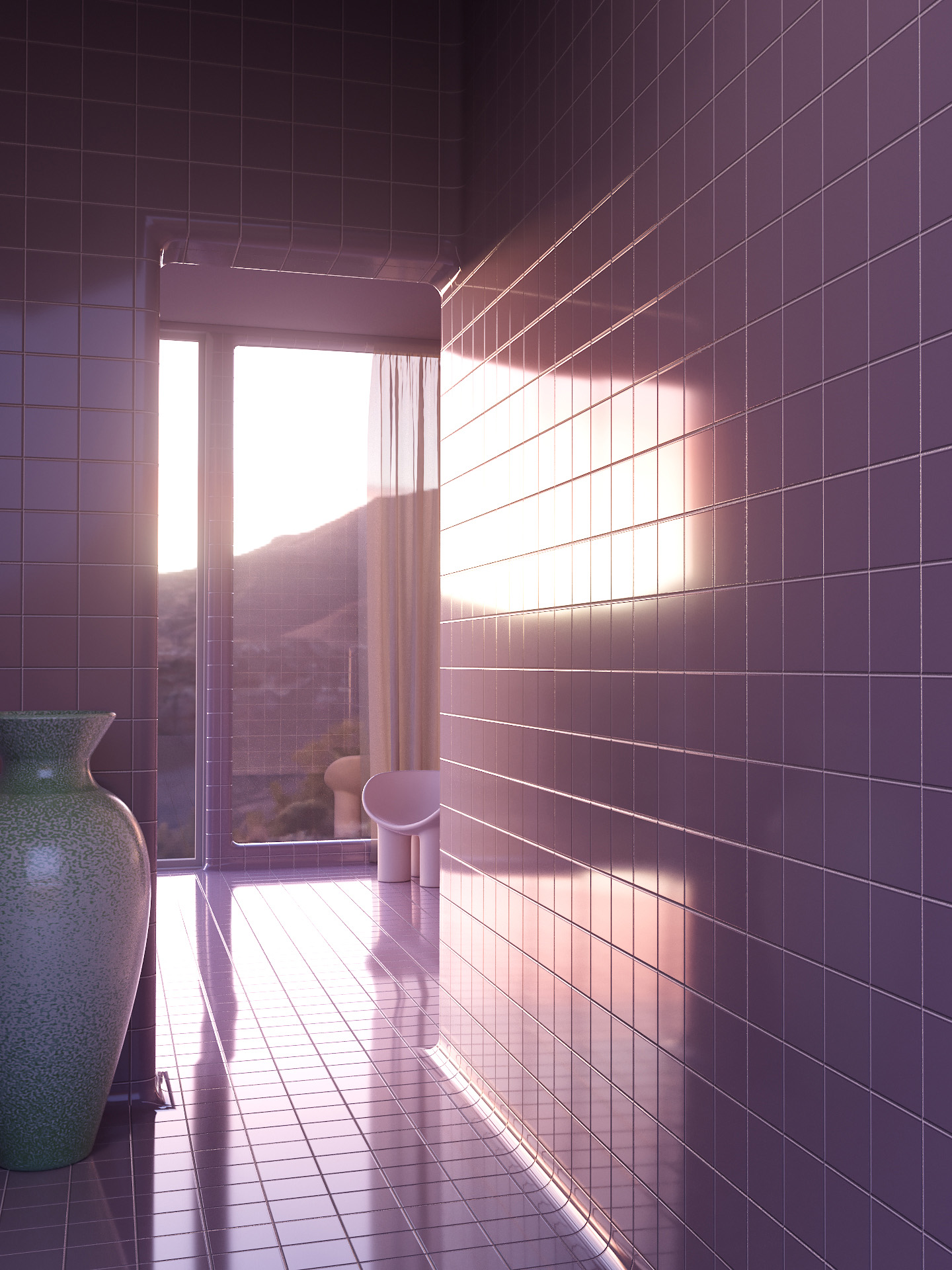

What are you working on now, and next?
I am currently working on an exciting development of my ongoing project, Maison de Sable. Up until now it has been an outlet for research around rendered creations and a platform to showcase my collaborations with talented render artists.
What is inspiring you at the moment?
I recently discovered the architectural illustrations of Charles Schridde and his 1960s visions of the ‘Homes of Tomorrow’. This dated futurism is very relevant and influential to my current body of work. I am also working on an exciting development of my ongoing project, Maison de Sable, [which] up until now it has been an outlet for research around rendered creations, and a platform to showcase my collaborations with other artists.
